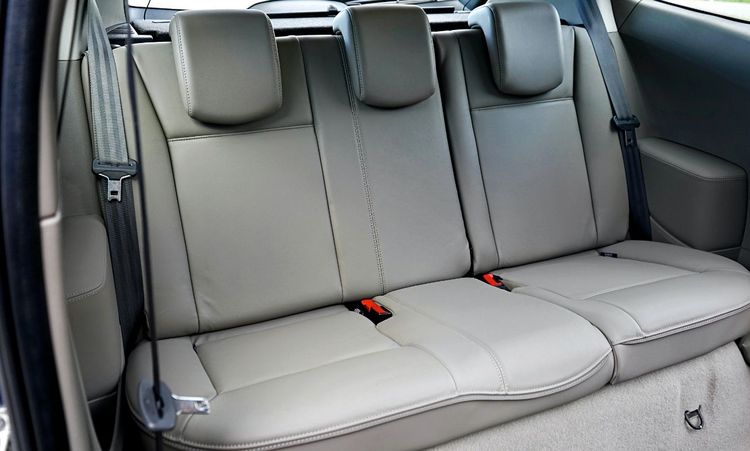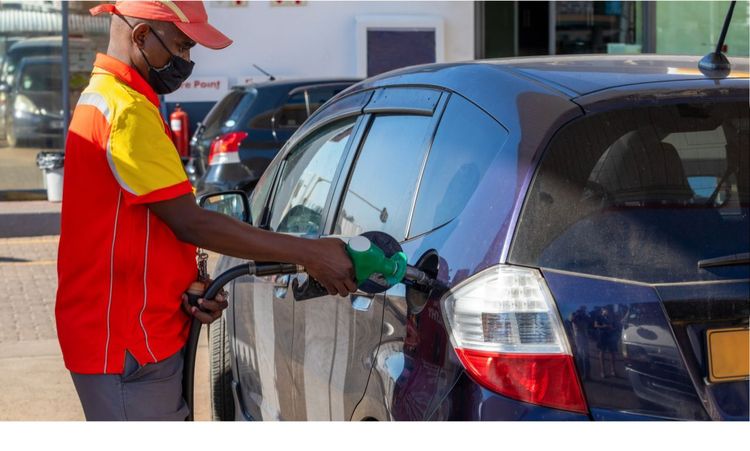Engine problems rarely show up without sending a few early hints. Some hints are loud. Others barely whisper. Many drivers miss these warnings because they seem minor at first. That small rattle or brief hesitation might feel harmless. Yet those tiny clues can point to a timing chain issue. This guide explains the Signs That a Timing Chain Needs Replacement in clear and simple terms. It offers helpful explanations and a friendly tone suited for any reader. Think of it as a conversation with a reliable gear-head friend. That friend wants your car to stay healthy and your wallet intact. Keep reading, and consider your own engine's behavior as you go. You might even ask yourself, “Have I heard that sound before?” or “Did my car struggle last week?” Tiny hints matter.
What Is a Timing Chain?
A timing chain keeps the engine’s camshaft and crankshaft in sync. The chain opens and closes engine valves at the right moment. This timing allows fuel and air to move correctly inside the cylinders. Engines rely on this harmony to run smoothly. A healthy chain ensures stable movement. A worn chain disrupts everything. Even small timing shifts can hurt performance or cause damage. That is why understanding how the chain works helps you spot trouble early.
When Should It Be Replaced?
Most timing chains last longer than timing belts. Some run for the car’s entire life. Yet long life does not mean eternal life. Wear happens over time due to stress, heat, and regular use. Manufacturers often avoid giving strict replacement intervals. They expect the chain to last. But mechanics know chains fail when ignored. Repairs can get costly once failure begins. Drivers should watch for symptoms and react early. Prevention keeps repairs manageable. Delays can lead to severe damage. Regular oil changes help extend chain life as well.
Signs of a Bad Timing Chain
Drivers often hear or feel timing chain trouble long before the chain fails. The clues appear in the engine’s behavior. Some clues come from sound. Others come from performance or warning lights. This section breaks down each major symptom. Each symptom has its own nature and cause. These signs help you judge whether the chain needs attention.
Engine Misfire or Rough Idling
Engine misfires happen when timing gets out of sync. A worn chain can stretch. That stretch throws camshaft timing off. Valves open at the wrong moment. The engine then shakes or hesitates. When rough idling appears, the car may feel unsteady. You might feel light vibrations through the steering wheel. RPMs may rise and fall without reason. Some drivers think the issue is fuel related. Others blame spark plugs. But a stretched timing chain often hides behind these symptoms. Listening closely helps. The engine may act calm one moment and shaky the next. Timing irregularities create that uneven behavior. If misfires grow worse, the chain may be reaching its limit.
Engine Sluggishness or Poor Acceleration
Acceleration problems show up early when timing drifts. A stretched chain slows engine response. The engine can feel tired even with firm pressure on the pedal. Drivers may sense a gap between pressing the pedal and movement. That lag grows worse with further chain wear. Some describe it as pulling a heavy load even when the car is empty. The engine simply loses its rhythm. If your car once felt lively but now feels dull, timing could be the root cause. Acceleration should feel consistent. When it does not, something is out of sync internally.
Check Engine Light
The Check Engine Light acts as an early alarm for timing issues. Sensors monitor timing positions inside the engine. When they detect irregular movement, the light appears. This warning does not always point straight to the chain. Many drivers see the light and think of emissions or sensors. However, timing faults often produce codes linked to camshaft positions. Ignoring the light invites bigger trouble later. If timing continues to shift, the engine may enter a limp mode. This mode reduces power to protect itself. Checking the light promptly keeps repairs simple.
Rattling Noises from the Engine
Rattling sounds from the engine bay signal classic timing chain trouble. These sounds often appear during cold starts. The chain may slap against worn guides. Tensioners may struggle to keep the chain tight. A healthy chain runs quietly. A failing chain gets louder as wear increases. Some drivers describe the sound as metal tapping metal. Others call it a loose bicycle chain noise. Once the rattle becomes regular, the chain is likely worn. Acting early prevents serious engine damage. Noise is one of the most obvious clues, so never ignore it.
Poor Fuel Efficiency
Engines lose efficiency when timing shifts. Fuel may burn too late or too early. The engine tries harder to maintain speed. That extra strain burns more fuel. Drivers may notice more frequent trips to the gas station. The decline may feel small at first. Over time, the cost adds up. Fuel efficiency should stay stable under normal driving. A sudden drop signals a deeper problem. If your fuel costs rise with no clear cause, inspect the timing system. Even small timing errors drain fuel.
What Causes Timing Chain Wear and Failure?
Timing chains wear out for several reasons. Some causes come from maintenance habits. Others come from mechanical issues. Understanding these causes helps prevent premature failure. Let’s break down the main triggers behind chain wear.
Lack of Maintenance
Engines depend on clean oil. Old oil loses the ability to protect moving parts. The chain depends heavily on lubrication. Lack of maintenance speeds up chain wear. Skipping oil changes allows sludge to form. Sludge blocks oil flow and increases friction. Chains then stretch or grind. Guides also wear faster in poor lubrication. Maintenance schedules exist for a reason. Timely oil changes protect the entire timing system. Consistent care keeps chains strong.
Oil Issues
Oil quality matters as much as oil quantity. Low oil levels starve the chain of lubrication. Dirty oil creates abrasive conditions inside the engine. The wrong oil grade can also harm the chain. Engines require specific thickness levels. If the oil is too thin, lubrication weakens. If it is too thick, flow slows down. Both conditions harm the chain. A simple oil check can prevent huge repair bills. It takes seconds and can reveal early trouble.
Faulty Tensioner or Guides
Chains rely on tensioners to maintain tight movement. Guides keep the chain aligned. When either part wears out, the chain becomes loose. Loose chains bounce and create noise. The chain may skip a tooth on the sprocket. That skip throws timing off instantly. As the problem grows, engine performance drops. Replacing tensioners or guides early keeps the chain safe. These smaller parts often fail before the chain itself. Fixing them early prevents bigger repairs later.
Engine Overheating
High engine heat changes metal behavior. Chains can stretch from constant exposure to high temperatures. Guides may warp or crack under stress. Overheating also weakens engine oil. When oil breaks down, lubrication drops. Less lubrication increases friction against the chain. Drivers should address overheating quickly. Even one severe event can shorten chain life.
Driving Habits
Aggressive driving puts stress on the timing chain. Hard acceleration forces rapid engine movement. Frequent high-RPM driving adds even more strain. Short trips also cause wear. Engines never reach full operating temperature during short drives. Oil stays thicker for longer. That thicker oil does not lubricate the chain well. Smooth driving protects the chain. It also keeps the entire engine healthier.
Conclusion
A failing timing chain sends clear signs. Some signs whisper. Others shout. Listening early saves money and protects your engine. The Signs That a Timing Chain Needs Replacement include rattling sounds, rough idling, misfires, sluggish acceleration, warning lights, and poor fuel efficiency. These clues matter. Your engine depends on precise timing. Regular maintenance keeps chains healthy. Oil changes play the biggest role. Driving habits matter too. Good habits reduce stress and lower repair risks. If your engine acts strange, do not wait. Ask a mechanic for a quick inspection. A small repair today prevents a major repair tomorrow. Ready to check your car? Pop the hood, listen for sounds, and stay ahead of trouble.




